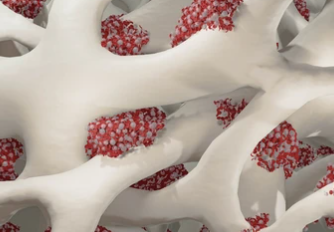
Tue, 2024/03/19
The Influence of Age and Number of Mutations on the Size of Clonal Hematopoiesis

Tue, 2024/03/19
Genetic Anxiety Switch in the Body
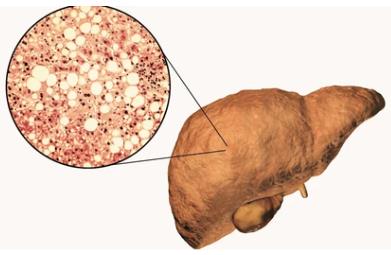
Tue, 2024/02/20
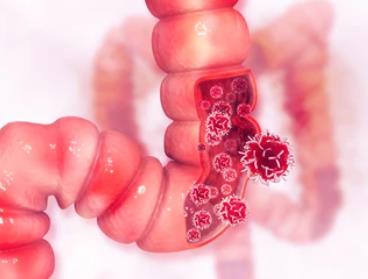
Tue, 2024/02/20
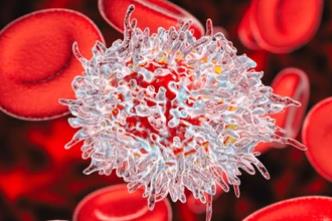
Tue, 2024/02/20
The Mechanism by Which Leukemia Stem Cells Promote Their Own Growth after Chemotherapy
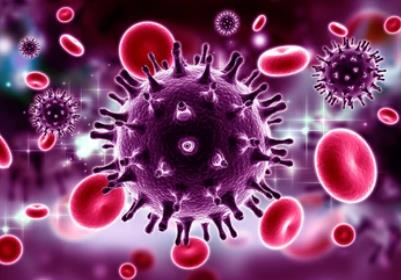
Tue, 2024/02/20
How HIV Capsid Enters the Nuclear Pore Barrier Pathway

Sun, 2024/02/18
The Special Protective Effects of Breast Milk
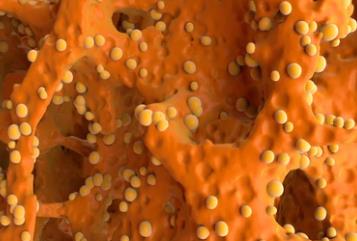
Sun, 2024/02/18
Reveal A New Immune Pathway for The Treatment of Bone Metastasis in Breast Cancer
